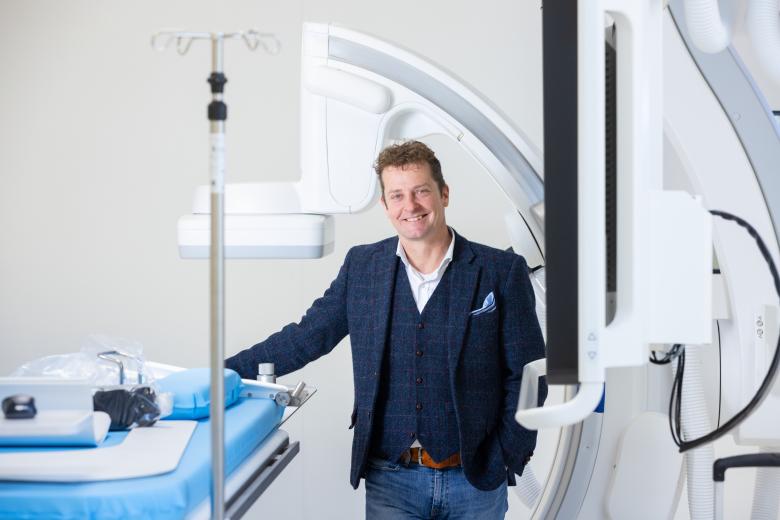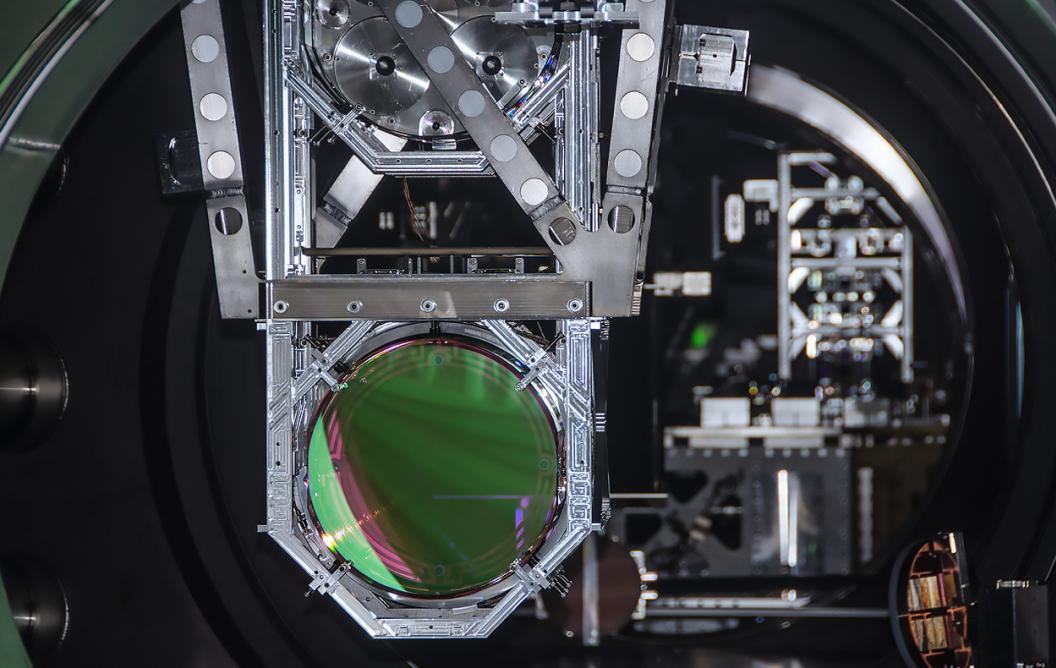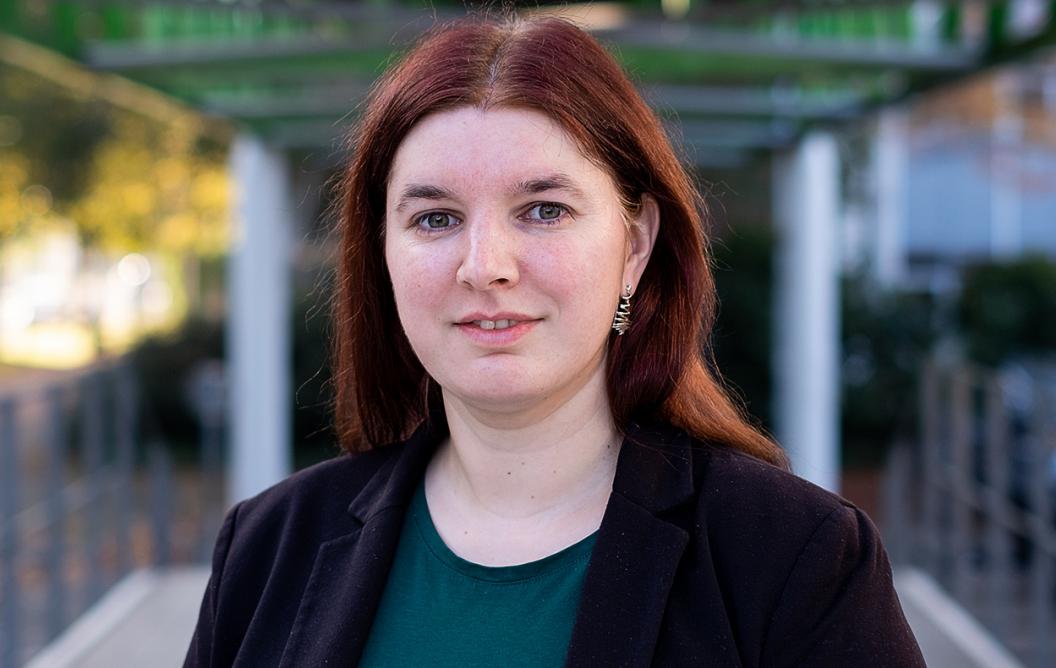Quiet mirrors to discover our universe
Dr. Jessica Steinlechner of the Department of Gravitational Waves and Fundamental Physics (GWFP) was awarded a VIDI grant to develop mirror coatings for gravitational waves detectors.
Gravitational wave detectors are like telescopes, but for seeing dark objects such as black holes instead of bright stars. Thermal vibrations of the detector mirrors hide the signals we want to see. Steinlechner will develop new coatings to reduce these vibrations so that we can make exciting new discoveries.
Why do we need quiet mirrors?
So, why do we need quieter mirrors? Steinlechner explains: “Gravitational waves are measured by observing the distance between mirrors, using laser beams. The distance changes we want to measure are so incredibly tiny that thermal vibrations of the atoms and molecules at the mirror surfaces, mainly caused by the coatings which make the mirror reflective, hide the effects we aim to measure.
To see more gravitational waves in the future, we need to reduce these vibrations - this is what ‘quiet mirrors’ refers to.
A challenging task
Reducing the thermal vibrations is no easy task. One way to reduce the thermal vibrations is cooling of the mirrors. Steinlechner: “This is planned for the Einstein Telescope, but it only solves the issue partly. We still need better coatings.” These coatings are complex structures of many layers of different materials, which need to have certain properties. “They need to have low thermal noise to make the mirrors 'quiet' and also low optical absorption - as absorption of the laser beam would heat the cold mirror up.”
Steinlechner continues: “Developing suitable coatings, which meet the requirements on thermal noise and optical absorption, and which can be produced in large sizes of up to about 0.5 meter, which is needed for future gravitational wave detectors, is very challenging.”
The grant will be used to fund Steinlechner’s project in which she will develop a new kind of coating. Steinlechner’s eyes light up: ”I am going to combine amorphous and crystalline coatings into a new concept with the aim to meet all requirements to make future gravitational wave detectors (such as the Einstein Telescope) a success. An exciting part of the project will be to test the new coating in ETpathfinder.”
I am looking forward to start building up a coatings research group for gravitational wave detectors, in Maastricht.
Dr. Jessica Steinlechner
Relevant links
Also read
-
Working at UM: “a life-changing experience”
"I am proud that our new Circular Plastics group published its first completely in-house research," Kim Ragaert says. She founded the research group three years ago, when she moved to Maastricht. Her work has laid the foundations for many innovations in the field of plastic recycling, and she is...
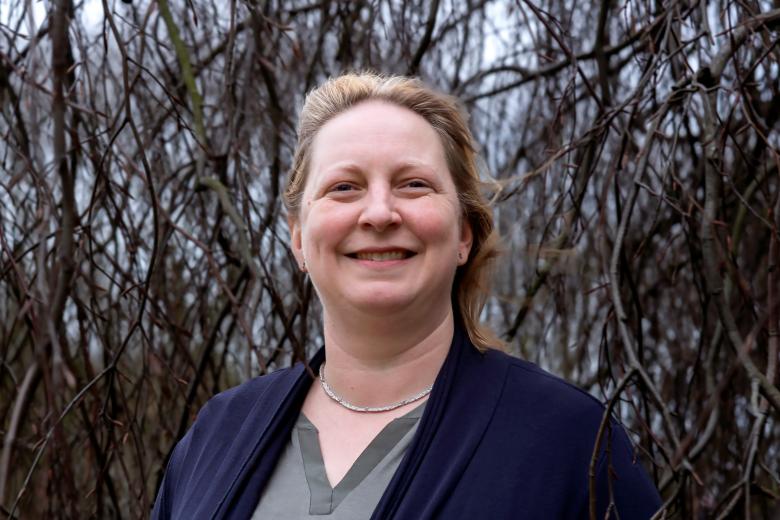
-
How does the universe taste?
Gerco Onderwater investigates the flavour of the universe while guarding the flavour of the Maastricht Science Programme. On 31 May, during his inaugural lecture, he provided a pre-taste of his work in Maastricht.
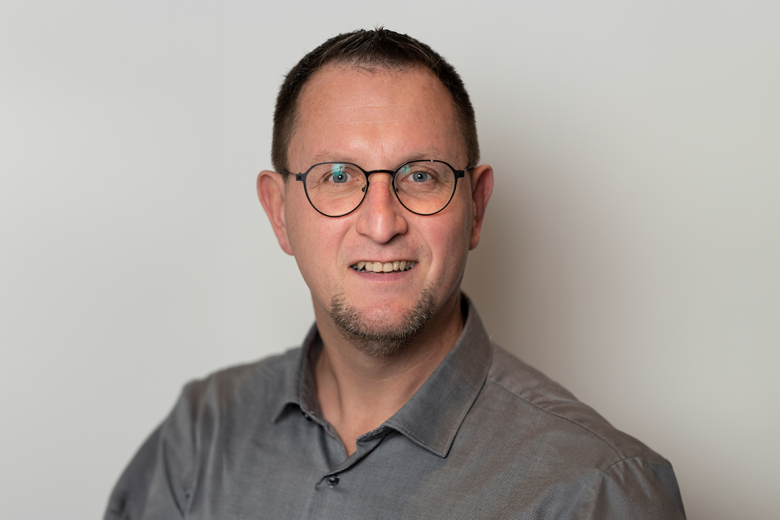
-
Bridging the gap between technology and clinical practice
Lee Bouwman, a vascular surgeon and endowed professor of Clinical Engineering, specialises in the implementation of groundbreaking healthcare technologies. The key to success, he says, lies in the collaboration between engineers and clinicians. This approach has already resulted in a range of...
